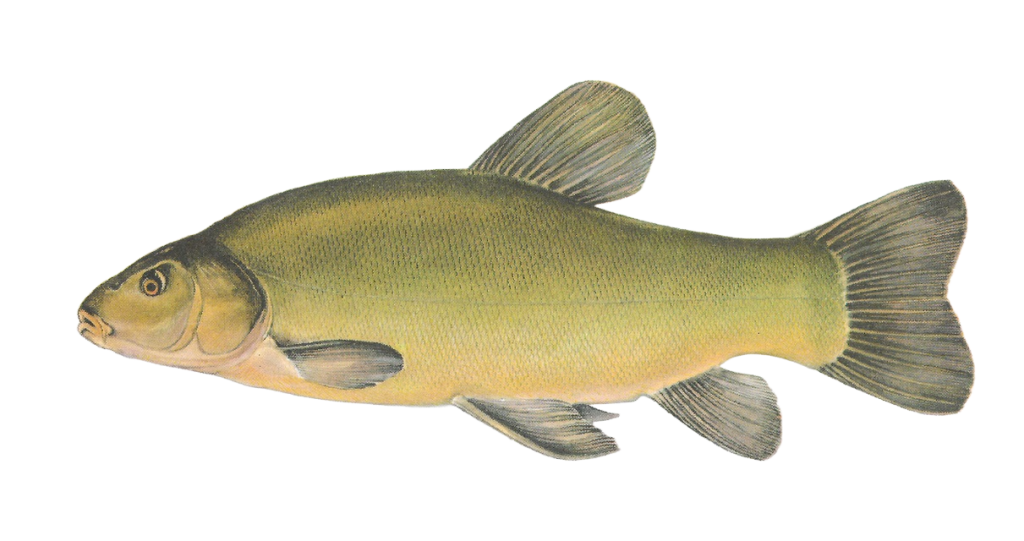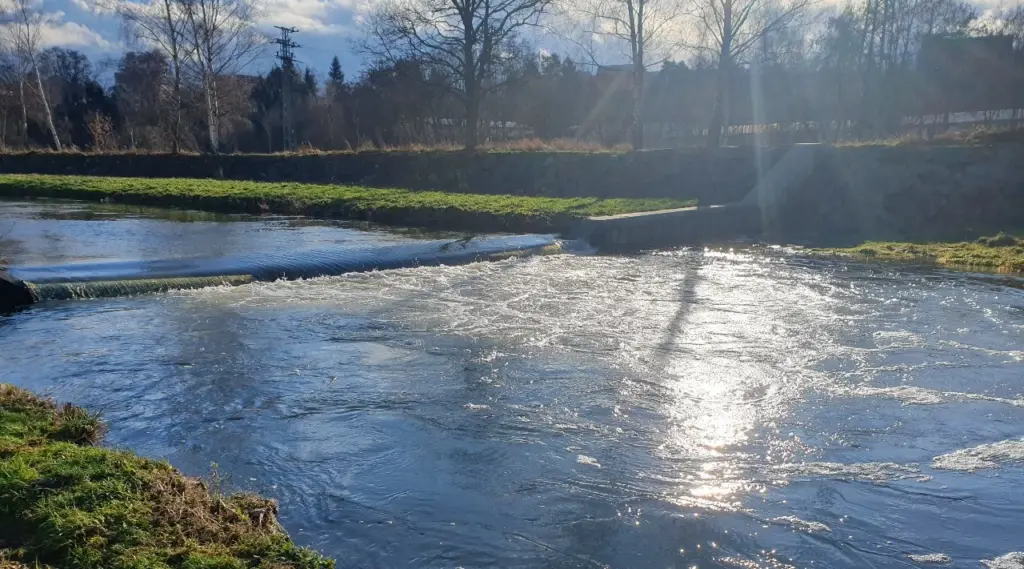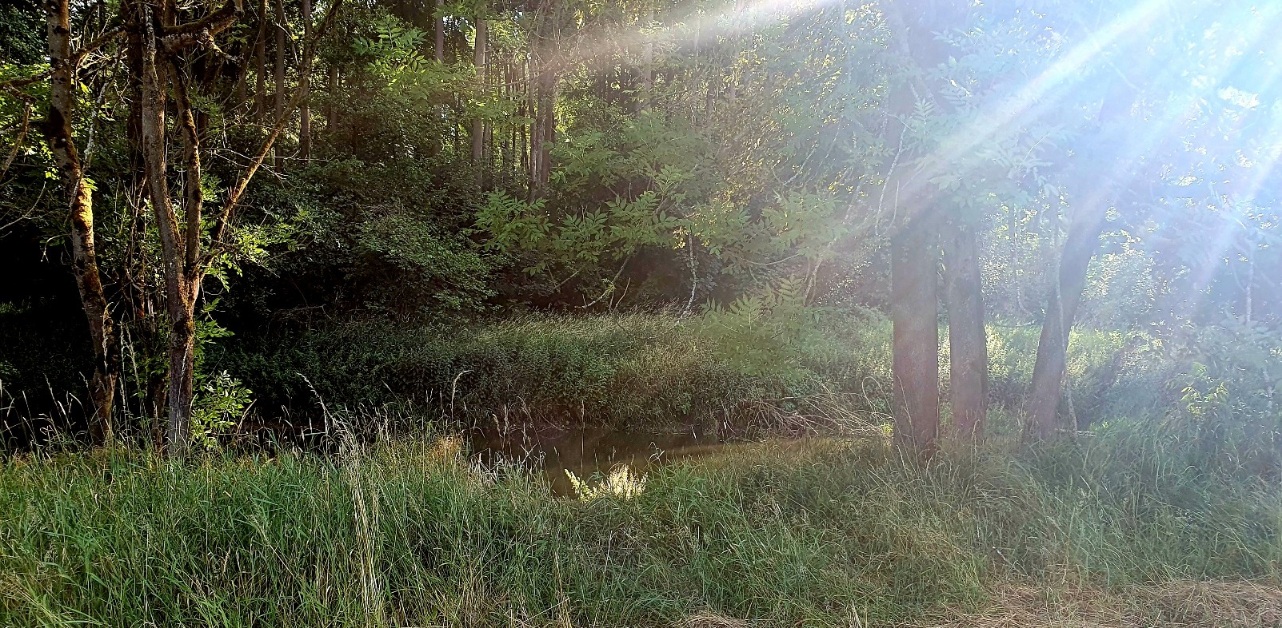
Danube Tench
The origin of the Tench as far as we are aware is really interesting.
It’s said that they originated in the Danube river system back before you or I were around, when our river systems still possessed their flood plains.
The Danube had an impressively vast flood plain that spread for kilometers and, following floods, when the river’s water levels returned to normal, a lot of water was left in the plains forming temporary, marshy lakelands.
Fish that were trapped in these temporary waters were doomed as the water would dry out or run off while the weeds grew. Oxygen levels would be reduced to such low levels and water temperatures would rise to levels that virtually no fish could survive there.
Tench Are Survivors
But the Tench was an exception (along with Eels and, to a lesser extent, Crucian Carp). The Tench is able to survive in low water, low oxygen conditions and can even be said to thrive in such conditions. They require higher temperatures to spawn and their young will live in thick weedy environments for some years only venturing out into clear water when they have reached sizes of between 0.5 and 1.0 kg. This can take a couple of years.
So, while, today, they seem to prefer life in still waters, their origins lie in the slow running rivers of Central Europe.
Tench at Risk of Extinction
But all is not well as today, in at least part of this area, the Tench is thought to be at risk of extinction. Due, surely, to the lack of flood plains – a man-made problem.
Tench in the 20th Century
I think there were probably a lot more Tench around back in the 1970s and 1980s than there are today, probably because of the trend to over-stock still waters with over-fed Carp to please the increasing numbers of dedicated Carp fishermen and, therefore to make a load of cash for all concerned – except for the angler who pays for the privilege of catching fish that have been caught 100 times before.
I’m neither a stillwater fisherman nor a Carp fisherman so this situation seems crazy to me.
To date I have only caught one Tench from a small gravel pit back in the 1980s. That fish was small, weighing in at 0.5kg. It was, as I remember, very pale and yellow in colour – a result of a pH imbalance in the gravel pit – which no longer exists.
I have never caught a river Trench.
Where Did the Tench Go?
Generally Carp will out eat any Tench population when stocked in the kind of numbers today’s fishery managers tend to do. Pure greed or satisfying a demand? I’ll leave you to decide.
Tench need heavy weeded areas and relatively high temperatures to spawn and survive. Commercial Carp fisheries rarely provide this.
So there are fewer Tench, but they are there – they haven’t been completely wiped out and, as I am only interested in small river fishing, the still water scene doesn’t effect me on a personal level.
Targeting Tench in Small Rivers
Tench have always been less common and a challenge to find in running water but that just makes it a more compelling goal.
They exist in all of Plzeň’s rivers although perhaps not in any number, but they are caught and often, unfortunately, frequently taken home to eat or as a treat for the chickens or pet cats.
Obviously, river Tench are more likely to prefer slow-running areas of the river and naturally seek out quiet spots with some kind of cover and, of course, vegetation / weed beds.
However, as the weather gets warmer and the water levels drop, they may head for faster running areas where the oxygen levels are increased by, for example, a weir. In such places and conditions it’s worth concentrating on slacker areas under and to one side of the weir. Here they will find the extra oxygen as well as food but avoid the main flow.
Keep in mind that Tench will normally spawn in June or July when water temperatures reach around 20°C. If this arrives earlier or later in the year (May or August) then their spawning time may change accordingly.
Tench will search out shallower water with dense vegetation in order to spawn, thus giving their offspring the conditions they need to survive their first couple of years.

The above image shows a Weir where Tench have been caught in the summer months, however, the photograph was taken just after Christmas 2023 when the river was running high and fast. The wind was blowing strongly and the air temperature was 1°C – not ideal Tench conditions.
Spring Tench Fishing
This year, 2024, Tench is one of the species I will be attempting to locate and, as here in the Czech Republic, Tench are not effected by a closed season, I will be starting my hunt for them in Spring.
So tomorrow, 5th April, I will travel to the cabin on the Radbuza river for a few days where I will open my campaign to track down the small-river Tench.
Results of the First Trip
Needless to say, I didn’t catch any Tench and was plagued with the usual Radbuza problem – Pike.
It’s a hazard of fishing my stretch of the river: there is a large population of bait fish and an over-population of Pike, so when feeding a swim, a lot of bait fish move in followed by the hungry Pike.
Other than a cull, there is no real way around this problem. As Pike are currently out of season, that’ll have to wait a couple of months.
For my next attempt I intend to try a stretch further downstream which I feel might be better for a light feeding approach hopefully avoiding the vast number of bait fish and therefore the nuisance predators.
Tactics
I have a fairly good idea of where I should find Tench along my stretch of the Radbuza and intend to target these areas, initially, using ledger / feeder tactics followed, once I have tracked them down, by fly-fishing with my home tied flies (see Tench Flies, below).
Currently I’m waiting for the weather to be more appropriate as we are experiencing a bit of a Spring cold snap here with cold winds and even April snow.
